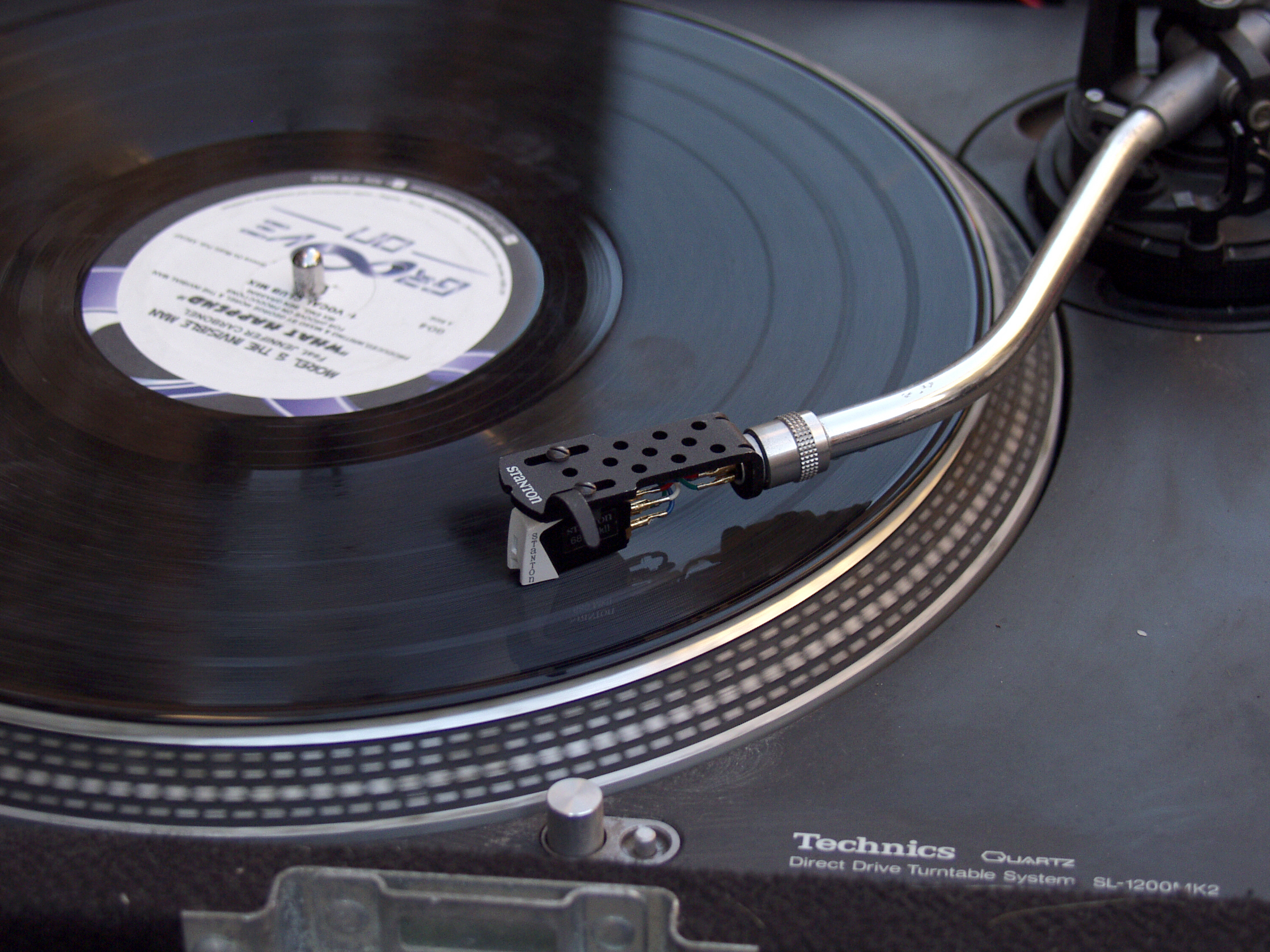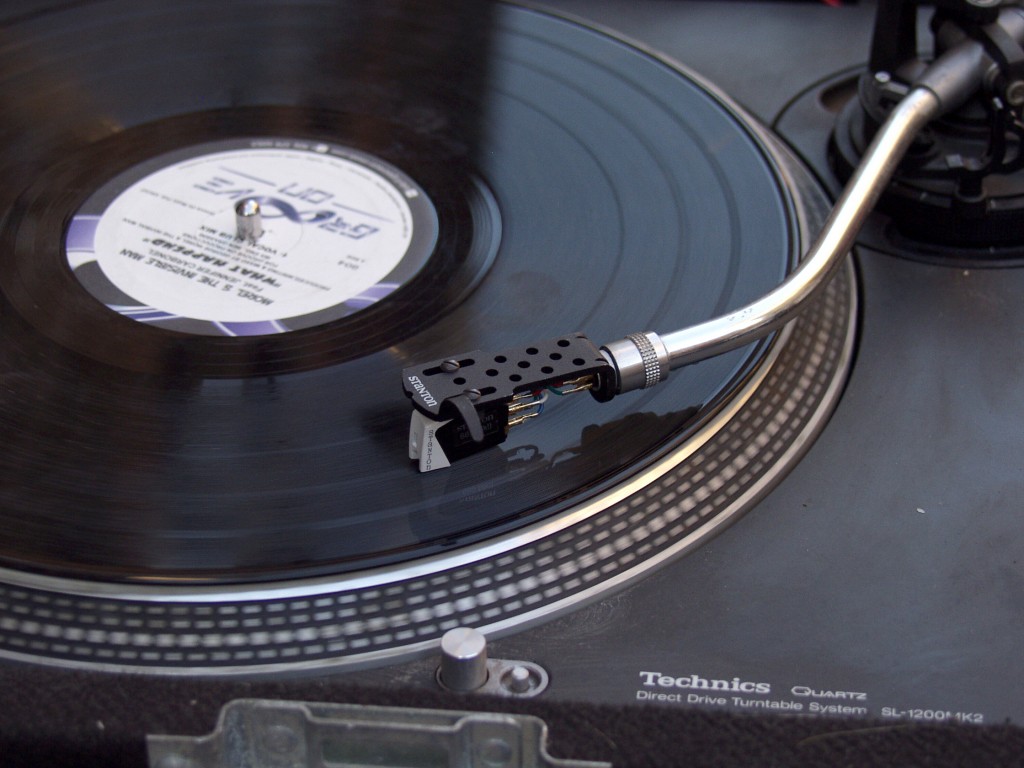While writing about the Grateful Dead song, “Black Peter,” it occurred to me that “Black Peter,” like the rest of the songs on the Grateful Dead’s album “Workingman’s Dead,” was strategically placed, or strategically dipped. Strategically dipped?
“You walked into the party
like you were walking onto a yacht
your hat STRATEGICALLY DIPPED below one eye
your scarf it was apricot?”
Does that lyric sound familiar? It’s from Carly Simon’s, “You’re So Vain.”
Before I get to the simple point I want to express, I have an enormous and probably flawed assumption – that in 2012 there is such a thing as an “album.” Many have decried that albums died with Napster, P2P and the ability to cherry pick songs you like – fans just want to select the good stuff and ignore the weaker songs on an album.
My old fashioned premise is that albums are artistic statements – a collection of songs in a specific order which were conceived, arranged, produced, recorded and eventually distributed in order to make an artistic statement, expression or series of expressions.
The content of an album is important but so is the placement of the songs – what comes first, third, etc. I’ve noticed patterns to song placement on better and best albums and concluded there is one I favor.
And now to my simple point – this is how one should do song placement on an album:
You put the four (4) best songs in these places. And it’s often best to think of the album as a two-sided/two-headed entity, you know, like a 33 rpm vinyl record. For many of us raised in the Album Period (1965-1999), albums will always have (or NEED) two (2) sides. CD’s are approximating albums, and mix tapes and set lists can also approximate 2-sided albums.
Side 1
FIRST SONG – best song on side 1. It doesn’t have to be the best but it has to be an invitation to listen to the rest.
LAST SONG – best on Side 1, other than the first song on side 1, which could be better. But after this song ends, you think, “I can’t wait to get to Side 2.”
Side 2
FIRST SONG – “Wow! Side 2 is great too! I’m really glad I got this album. They’re still my favorite band!” Also, the first song on side 2 is to tell the listener that this band is DEEP – there’s a lot more and some surprises to come. The first song on side 2, I think, should be where one introduces something very new. If you’re trying to show how eclectic and creative the band is, this is the spot. This should be the most experimental place because if the listener is on side 2, chances are she/he sat through all of side 1, really liked it, and is looking forward to side 2.
LAST SONG – “Wow – that was the best song. This is a fantastic album! I’m glad they took chances, and after this song, I wonder what the next album will be like.”
To support this, I will turn to:
The Beatles – Sgt. Pepper’s Lonely Hearts Club Band
The Doors – Waiting For The Sun
The Grateful Dead – Workingman’s Dead
and other albums in later posts.
What do you think about any of the commentary above?




Ummm, interesting thoughts here. I never realized the strategic placement of songs on an album although cognizant of loving the first song every time, and is likely why I bought the album). It never ocurred to me to analyze the song line-up on an album. To your point, I can recall listening and loving the first song which was “instrumentally” key for me to listening to the rest of the songs. An example I can share is the The Corrs in Blue “album” via ITunes, the song “Beathless” is first in line. I love this song and once I listened to this song I was led to hear more of their album and actually loved many of the other songs. .
Great post, Professor H! I wish more contemporary bands/artists gave more thought to the order of songs on an album. I’d love to see more risk taking in new albums. It’s also really sad that the majority people don’t listen to albums straight through anymore. The concept of a side one and side two and how different the two batches of songs might be always added to the album experience.
I’m really liking your new site! Keep it up!
Joan – Thanks for your thoughts. “Breathless” is a cool song – I can see why it would capture you.
To me the song order thing is a big deal, or should be. When I view a collection of songs as a two-sided event, what I wrote is what I’ve gleaned from years of listening, performing and analyzing music. But when it comes to a one-sided collection – like a CD – I don’t think I have learned what the scheme is! It seems like the first and last should be important, and that the tempos and keys of other songs and ups and downs, in terms of drama, might play a part.
Harry – thank you for what you wrote. I think you should figure out a scheme/pattern that you think works best for a one-sided – CD like – event. I’d like to see if you can design a good or great way of doing things! : )
I wonder how many people now, as well as in the past, and in the future, will listen to an entire album straight through. If they don’t, is it due to short attention spans, or that the album was not designed as piece of work that MUST be heard from beginning to end?
Hi Dr. Harrington,
I think songs are collected into albums naturally whether the public continues to buy them that way or not. This dates back to ancestral fire-side chants, and results naturally due to human limitations. Human limitations such as Dunbar’s Number (we max out social relationships at around 150 people), and our capacity for memory help to determine the number of songs that go into a collection. This seems to be the case no matter how many songs an artist prepares. In one former band that put out several albums, we sometimes prepared 25 songs. Sometimes, we only prepared 5. Either way, we ended up with between 8 and 13 songs. Don’t most albums in Popular Music fall into this range? Any deviations from this formula seem to either fail miserably or succeed critically. I know TOMMY is one or the other, but I don’t know which one.
Song order is extremely important. And as you know, the length of time between songs on a project can be altered by the studio technician. Pauses of different length determine different responses from the listener. If the artist wants to achieve a somber mood, it’s easy to put two moody songs in a row with a lengthy pause in between. Contrast this with a song that ends abruptly followed by a snappy start with vocals in the first few seconds of the next song to achieve a different mood.
My apologies for such a long post, but it is a topic I enjoy.
By the way, the best songs in history are usually placed on the album at #3.
-Michael